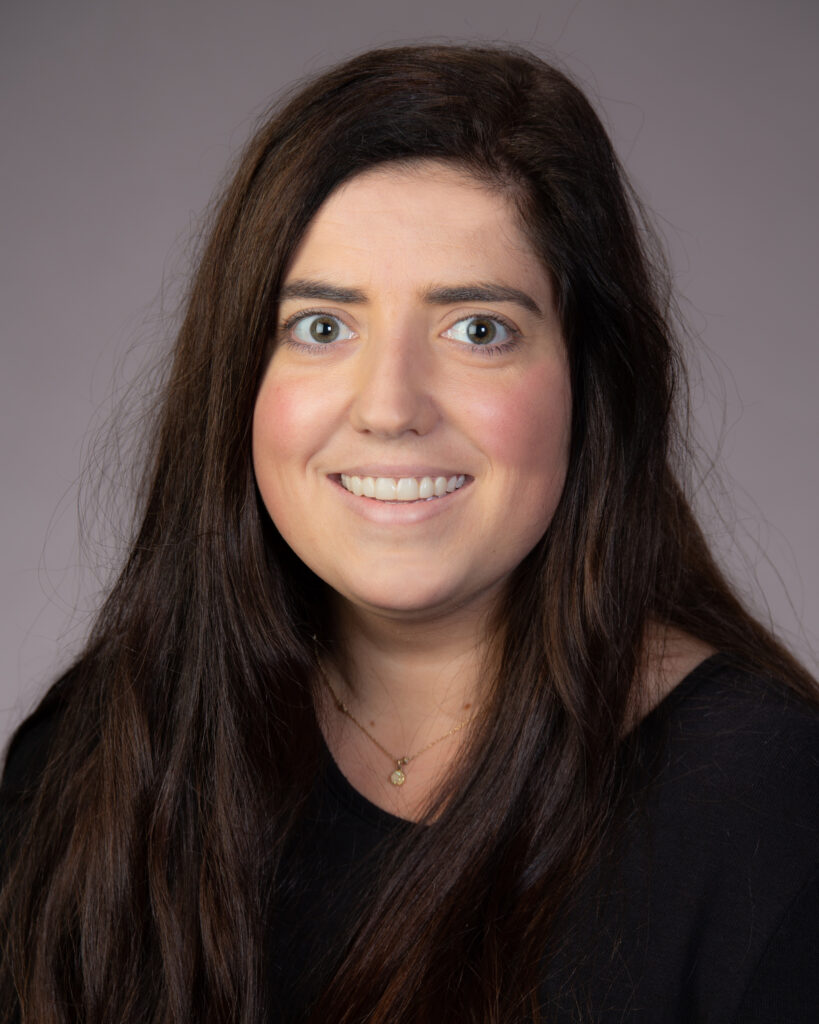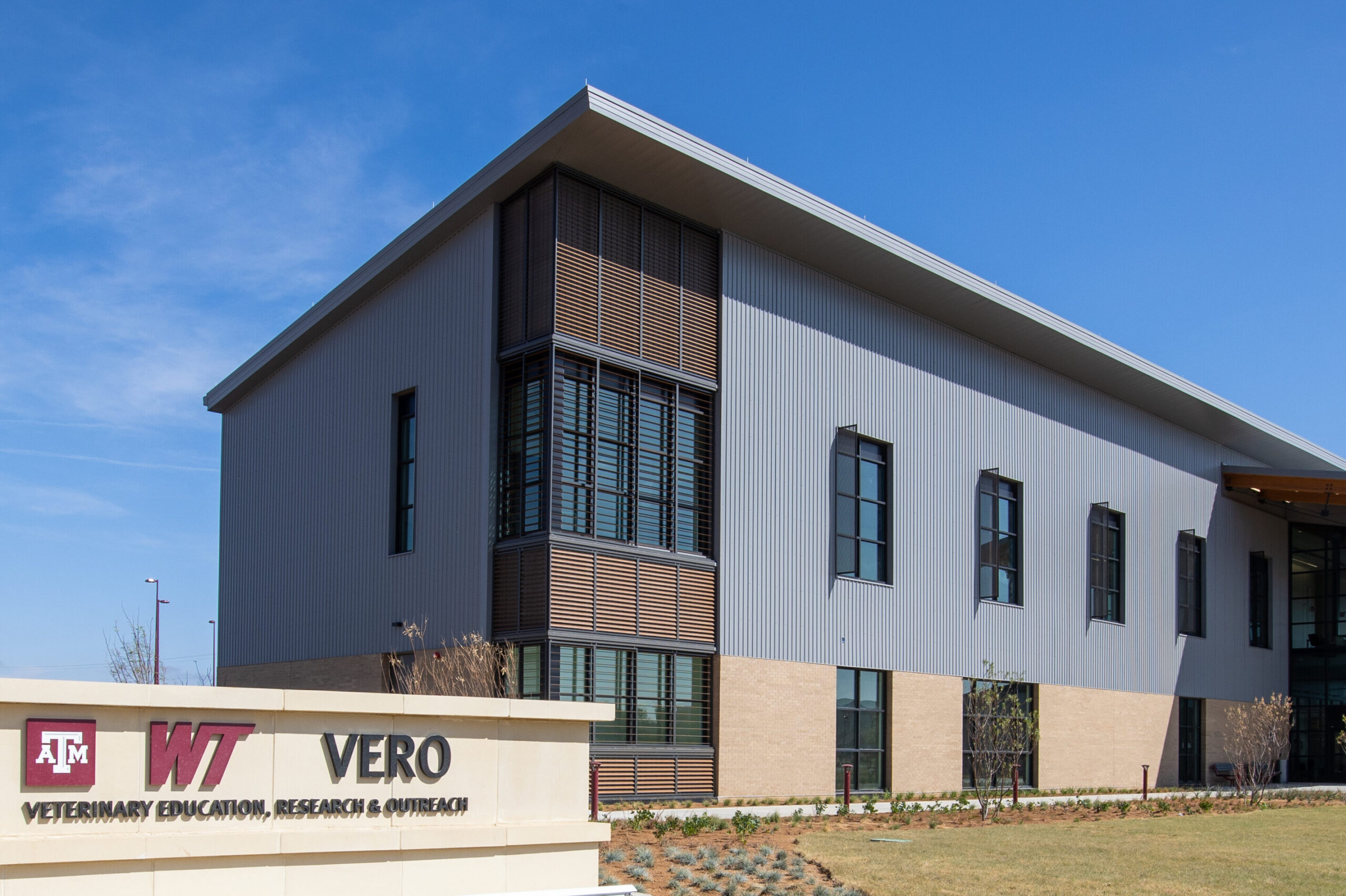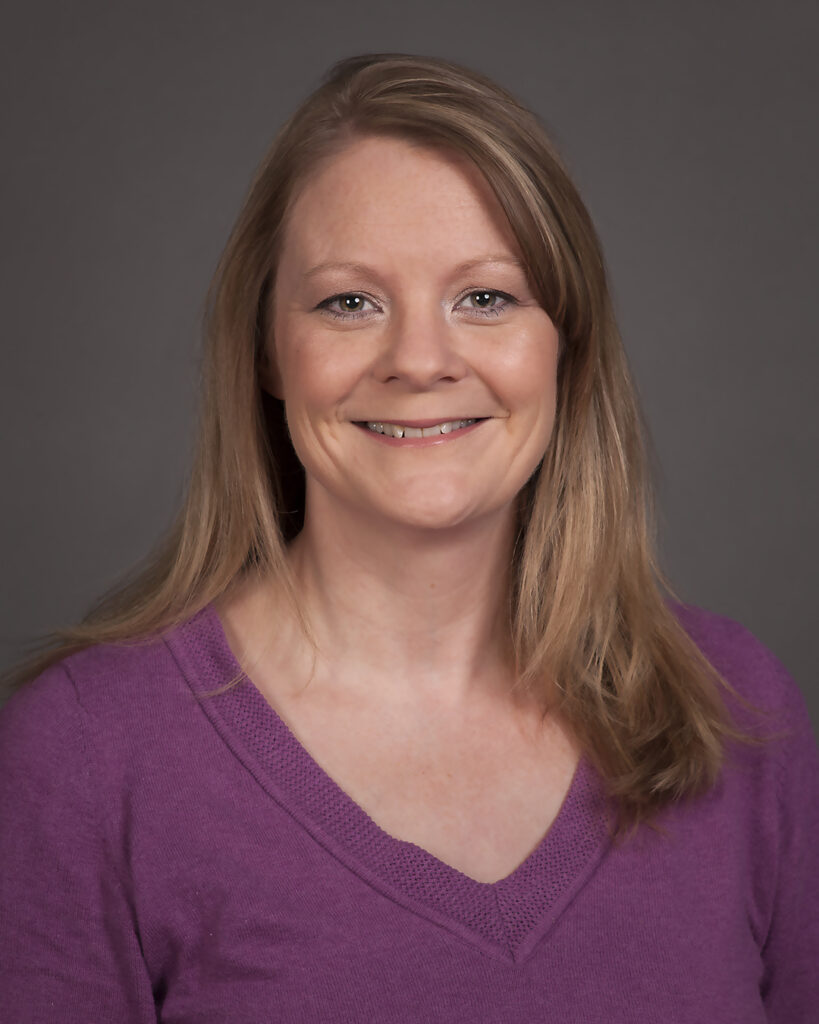VMBS Funds Faculty Members’ Initiatives To Support Veterinary Student Success
Story by Courtney Price and Megan Myers, VMBS Communications
As home to one of the nation’s most highly ranked Doctor of Veterinary Medicine (DVM) programs, the Texas A&M School of Veterinary Medicine & Biomedical Sciences (VMBS) places great emphasis on its students’ quality of education and its faculty’s ability to provide a great learning environment.
Three VMBS faculty members — Drs. Katherine Maples, Yvonne Wikander, and Johanna Heseltine — have used internal high-impact instructional grant awards from the VMBS to support specific initiatives that help ensure Aggie veterinarians graduate ready to support the needs of Texas.
Their projects ranged from providing more hands-on learning opportunities to developing innovative teaching tools that utilize modern technology.
“The resources available to provide funding each year for our faculty to develop cutting-edge, high-impact learning projects set Texas A&M apart from other veterinary programs,” said Dr. Karen Cornell, associate dean for the DVM professional program. “Our faculty have great ideas and it is so gratifying to be able to provide them with the resources to put those ideas into action.”
Gaining Hands-On, Practical Experience

Fourth-year veterinary students at Texas A&M have the unique opportunity to spend one of their two-week clinical rotations providing veterinary care for the cattle, horses, pigs, chickens, and dogs that reside at the Texas Department of Criminal Justice’s (TDCJ) prison units for security or food purposes.
These animals receive their daily care from prison inmates and staff, but their regular medical care — like annual exams and health screenings — comes from Texas A&M veterinary students.
As one of the faculty members who instructs students during the TDCJ rotation, Maples, a clinical assistant professor, helps ensure that students get the most out of their time at the prison units by also allowing the students to take leadership in assessing and caring for the animals’ health.
“We, the doctors, try very hard to stand back and allow the students to do 100% of the work. We let them spread their wings,” Maples said. “The rotation allows for a very unique opportunity for the students to operate as a doctor while we are still there operating as their support.”
Maples used her high-impact funds to purchase new dentistry and anesthesia equipment for the approximately 2,000 horses and 1,000 dogs that reside at TDCJ facilities.
“The previous machines had been donated back when I was a student, so they were pretty well-loved by now,” Maples said. “By purchasing new equipment, we can provide the level of care we want to provide to our patients, as well as teach students the current standard of care with really nice equipment.”
The practicality of Maples’ purchase will be evident in veterinary clinics across the country as students who take her rotation graduate and join the veterinary workforce.
“They learn how to provide advanced dentistry at the Small Animal Teaching Hospital, but this rotation allows them to learn the skills they will be more likely to see in general practice when they graduate,” Maples said.
Having additional equipment also allows the veterinary team to take a more preventative approach to the animals’ health; rather than addressing dental issues as they arise, the students perform regular cleanings to keep those issues from arising as often.
“The school’s funding of this project shows that it wants to equip the fourth-year students with the ability to be great primary care physicians,” she said. “The school is also supporting our mission to provide a great service to the State of Texas and excellent care to our patients at TDCJ.”
Active Learning With Real-Life Cases

Wikander, a clinical associate professor at the VMBS’ Veterinary Education, Research, & Outreach (VERO) campus in Canyon, used her high-impact instructional funds to develop an online case study module to teach students about the steps involved in conducting a complete blood count, or CBC.
“A CBC is one of the basic lab works most commonly done in any veterinary species,” Wikander said. “Veterinarians can’t really do without it.”
A CBC measures all the cells that make up blood, including red blood cells, white blood cells, and platelets, as well as other blood features that play a role in overall health, like the amount of the oxygen-carrying protein hemoglobin or the enzyme thrombin that causes clotting.
Wikander’s new module focuses specifically on teaching students how to evaluate the three individual components that make up a CBC, which measures red blood cells, white blood cells, and thrombin.
When using the module, students take on the role of a veterinarian reviewing test results from five real-life case studies. Because they are actively drawing conclusions and making recommendations, students retain much more information than they would from a traditional lecture, according to Wikander.
“The students really liked the case studies, and when you find something that students like, it’s usually a keeper,” Wikander said. “We’re trying to get them to be proficient, and proficiency requires experience in addition to knowledge. This module is one way they can get that experience.”
The case studies used cover dogs, cats, horses, and cattle to show how the test results compare across species.
“Different species demonstrate things in different ways,” Wikander said. “A good example is that when cattle have inflammation, they dump all the white blood cells reserved in their bone marrow and it can look scary on the test results. In any other species you’d be freaking out, but when it comes to cattle it’s not a problem.”
The module, which was developed in partnership with the Texas A&M Center for Educational Technologies (CET), took six months to create and was used for the first time in the fall semester in Wikander’s clinical laboratory medicine course for second-year veterinary students.
“Having a grant like this available is very encouraging as an educator,” Wikander said. “We need to keep up with the technological advances that are occurring. Our students are used to using this kind of technology in their daily life, so it’s important that we use it in the classroom while they’re learning too.”
Bringing The Real World To The Classroom

Heseltine, a clinical associate professor, is also developing an online module in partnership with the CET, though with a different set of goals in mind. Her team’s module will help ensure that veterinary students encounter difficult real-world situations while they are still in a learning environment.
“In the past, I’ve developed other modules with the CET that are designed to let students test their knowledge and practice diagnosing patients,” she said. “However, this time the modules will have more branching paths that won’t immediately reveal if the students have made the right decision in regards to a case.”
In some cases, students may select options that ultimately lead to negative outcomes for the simulated patient. Alternatively, some patients in the module may have diseases that can’t be cured regardless of what options students select.
“We all know that mistakes provide learning opportunities, but we never want that to happen at the expense of a real patient,” Heseltine said. “So, this module will allow students to make incorrect decisions without real-world consequences and learn from them.”
In the real world, negative outcomes can often lead to critical situations that require quick action, which can be difficult to handle when a veterinarian is also processing the emotional weight of the situation.
“Veterinarians are people who want to help, so it’s very natural to feel guilt and sadness when things don’t go well for a patient. We don’t want the first time that our students deal with these emotions to be in a real situation,” Heseltine added.
To help students develop their emotional intelligence skills, Heseltine is working with Abbie Satterfield, a licensed professional counselor at the VMBS, to create videos that will be embedded in the online module. In the videos, Satterfield will help walk students through their emotions and teach them coping techniques.
Heseltine is also collaborating with Dr. Lance Wheeler, a critical care specialist, to make sure the modules have realistic complexity that will test students’ knowledge.
“We’re planning on using this module with third-year students, because that’s the year when they really start to look at making diagnoses and recommending treatments,” Heseltine said. “It’s a big year for transitioning from theoretical knowledge to case application.”
While Heseltine and her team are still deciding which course would be the best fit for the module, one exciting opportunity could be the series of Professional & Clinical Skills courses taught throughout the first six semesters of the curriculum. This series requires students to utilize both clinical-thinking skills and clinical-communication skills.
“One of the main features of that course is that students get to make decisions about a patient’s case, and then we bring in actors to take on the role of the owner of each patient. It gives students experience talking to real people,” Heseltine said. “Combining the new module with these courses would let students practice having difficult conversations before they ever step into a real clinic.”
###
For more information about the Texas A&M School of Veterinary Medicine & Biomedical Sciences, please visit our website at vetmed.tamu.edu or join us on Facebook, Instagram, and Twitter.
Contact Information: Jennifer Gauntt, Director of VMBS Communications, Texas A&M School of Veterinary Medicine & Biomedical Sciences, jgauntt@cvm.tamu.edu, 979-862-4216


